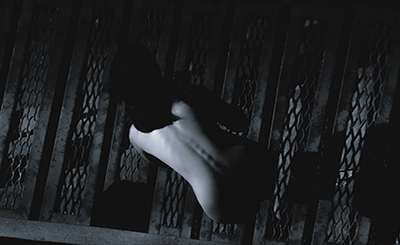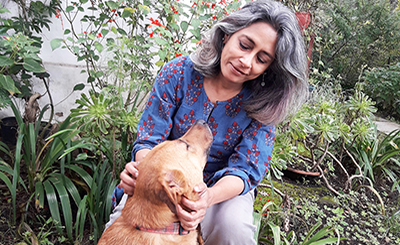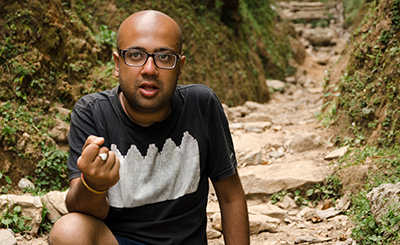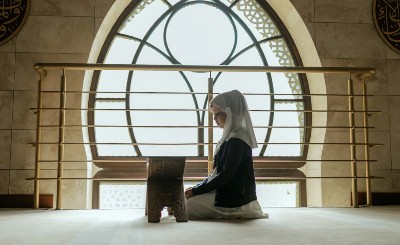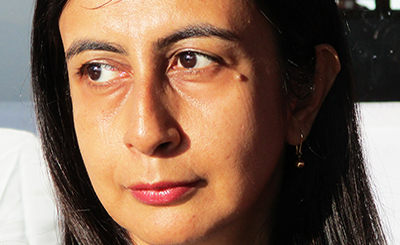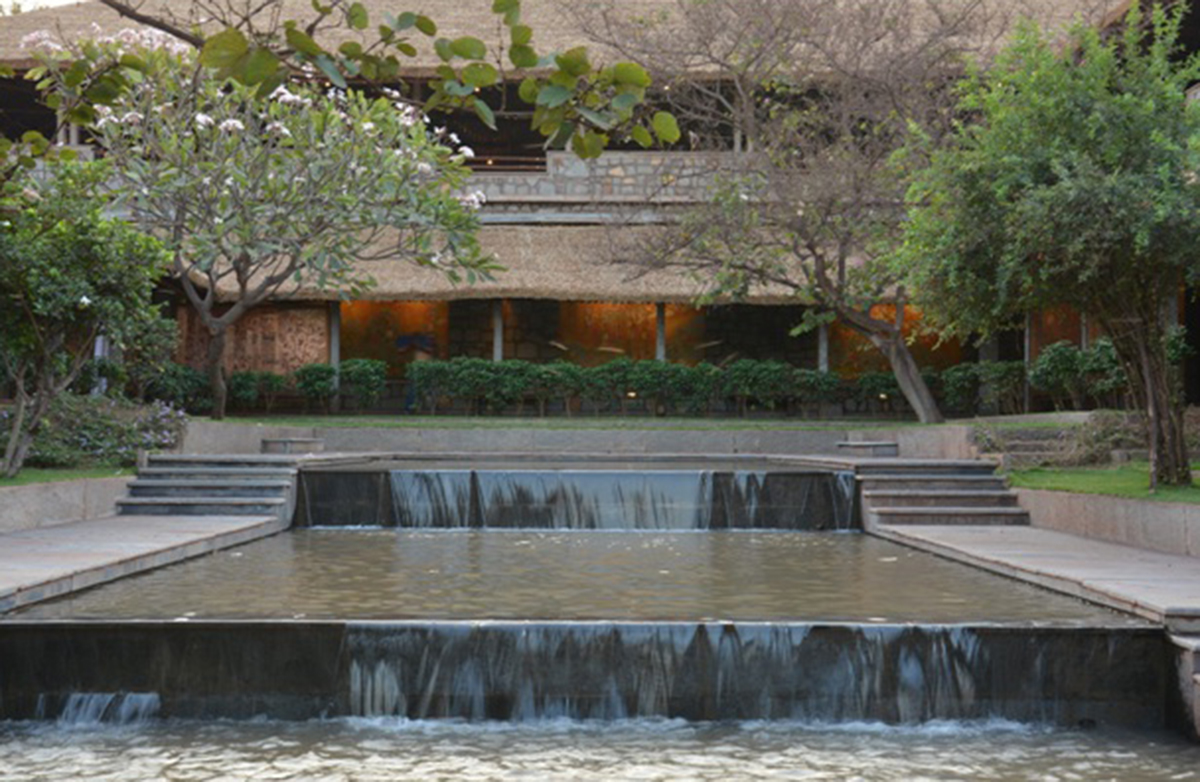
Kaladham is a ten-acre symphony in granite, with lush greenery and dazzling architectural design; it is an arts village with a museum dedicated to the UNESCO heritage site of nearby Hampi. Photo courtesy: JSW
At Kaladham in Karnataka, a clutch of writers spend 10 days, working on new material
The breathtaking ruins of the Vijayanagara empire at Hampi form the perfect backdrop for a writers’ conclave. One could not ask for a better place to inspire creative output, provoke reflection and trigger curiosity about the rich history of the region. Eight writers across different literary genres gathered at the Vidyanagar Township, Torangallu between the 19th and 28th of February 2018 for the conclave, which was presented with the generosity of the JSW Foundation, in association with the Hindu. Based at the stunning Kaladham, writers spent 10 days working on new material, interspersed with visits to the surrounding historical sites and JSW facilities.
Kaladham is a ten-acre symphony in granite, with lush greenery and dazzling architectural design; it is an arts village with a museum dedicated to the UNESCO heritage site of nearby Hampi, and the perfect location for a writing retreat. The quiet energy of the space, the stimulating interactions and the wonderful atmosphere in the township made the experience truly immersive. The creative dynamo who made it all come together was Sathya Saran, who curated this “unfestival” — a gathering meant to be involved, intimate and atypical relative to more spectacle-centric literature festivals.
The first thing that struck me about the conclave was the diverse profiles of the participants. As a playwright, most of my residencies and workshops involved working with other playwrights, actors or directors. In this instance, I found to my pleasant surprise that I was thrown into an eclectic mix — three novelists, a writer of children’s fiction, a short story writer, two poets, one of whom was a spoken-word poet. In all fairness many of us wrote in multiple formats and wore many hats. Nevertheless, the heterogeneity was refreshing, since we were all able to dabble outside of our respective comfort zones. Evenings at Kaladham were spent reading aloud material that we had worked on during the day, as well as earlier work.
If there was one valuable lesson learned, it was the value of interacting with people outside of one’s regular crowd. As writers we all operate in our own circuits, and these often turn into silos. It was a great joy to break through those barriers as a group. In retrospect, this was also the major takeaway of the process, as we consistently engaged with people outside of our typical circles, chatting with tour guides, athletes and coaches from the Inspire Institute of Sport next door, engineers from the JSW steel plant, JSW staff, Jindal Vidya Mandir school children and the locals at Hampi and Anegondi.
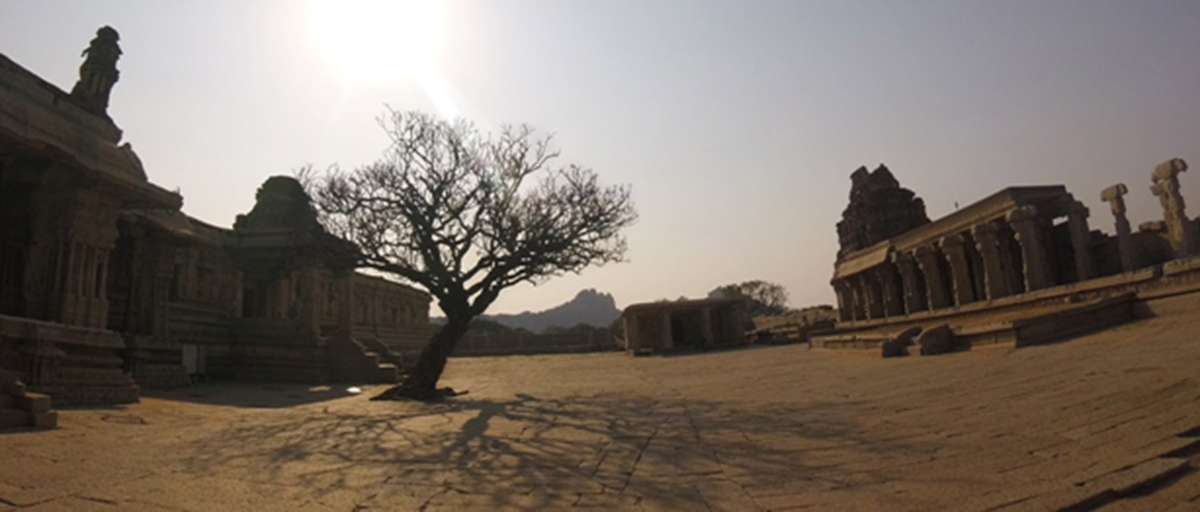
Frangipani Tree in Vittala Temple Complex . Photo courtesy: Ram Ganesh Kamatham
The highlight of the process was an intense whirlwind tour of the Hampi ruins — a task that ordinarily requires about three days, but which we completed in one — with sunburn for free. There was enough and more to trigger the imagination, and in our writing we played with impressions of spaces that spoke to us. There was an element of psychogeography in many of our pieces, as our respective driftings and musings through the ancient city filtered down into our writing, in the form of images (elements of the Queen’s Bath, reliefs from the Hazara Rama and Virupaksha temples), particular architectural details (the famous musical pillars, the mixture of granite and soapstone), and the adoption of narrative points-of-view (the striking Frangipani tree in the Vittala temple complex).
Through reading we were able to tune into each other’s writing chops, and get a feel for each other’s sound and sometimes even detect a favoured turn of phrase. (For some reason, coracle, the famous round boats used to navigate the Tungabhadra became a word that reduced the group to inexplicable laughter!)
All the work led to wonderful conversations about approach and craft, as each of us had adopted different strategies in the study of our subject. Madhulika Liddle’s approach was from historical fiction, and with masterful economy of language, she created a vivid picture of Hampi as it might have been in its heyday, a bustling city of commerce and culture, where souls and love might find or miss each other. I’ve now got her Muzaffar Jung omnibus on my reading list! Lalita Iyer, with her story, drew us into the world of Lakshmi the temple elephant and with this pachydermic-point-of-view immersed us into the life and times of the creature. I read her short story “Roger, Over and Out” earlier and her disarming confessional style had likewise effortlessly drawn me into the lives of the characters. Adopting a child’s point of view poses a challenge and I found both Prajwal Parajuly and Sathya Saran were able to do this convincingly. Sathya wrote a playful bit of dialogue between two stones in Hampi, but the piece that stayed with me was a short story about an artist and a mural that he had crafted. Her piece intrigued since it probed the psychological intention of the artist, a fertile ground for intelligent speculation. Prajwal’s story set in a convent school in Sikkim also adopted a child’s point of view, although this story was not connected to Hampi and was written in a fit of inspiration! The nun in his story kept admonishing the young protagonist for Americanisms in her speech, and Prajwal’s portrayal of her as a quaint custodian of the Queen’s English (and mindset) seemed ripe for gentle humour.
Amrita Tripathi’s piece created a charged atmospheric timelessness as she adopted the narrative voice of a tree, as a witness to events unfolding. Having heard an extract from her novel The Sibius Knot, where her use of language registered as sinewy and punctuated with sharp linguistic urbanisms, I got the impression that she was challenging herself by doing something very different. She succeeded — the piece she shared conjuring up a vivid sense of time dilation and gravitas. Siddharth Dasgupta’s poetry struck me as Sufi inspired, with ornate verbal juxtapositions suffused with tranquil rumination. His book designs too carried meticulous detailing and I was surprised to hear that the captivating cover to his collection of short stories The Sacred Sorrow of Sparrows, was his own design. Rochelle D’Silva’s spoken word poetry evoked hypnotic rhythms, coupled with keen observation of the world outside, as also an inner world. A moment in her poem about dragonflies, remains for me, an auratic photograph that captured the essence of being at Kaladham. I read her poem Waiting at Airports from her book When Home is an Idea, while at an airport, and had a liminal moment when my outer world and the inner world she described seemed to coincide! As for my own writing, I found myself poring over maps of the area and investigating how the ancient city met its end. The result was a satirical piece about the soldiers tasked with the unhappy mission of sacking the city.
Now, I might have waxed poetic about pieces that the writers may well discard, edit out or dismiss as crude first attempts on their way to more considered output. I am also presenting a subjective view based on limited critical engagement with everyone’s work, and coloured by the rosy lens of bonding and bonhomie over ten days. Whatever the case, I’m convinced that the anthology of work that is due to emerge from this conclave will possess the same variety of expression and authenticity of voice, embodied by the group.
If a festival is a busy bazaar where wares are peddled and deals are wrangled, I am delighted to have been part of this unfestival. Here, as if at a quiet bookshop, I was able to unhurriedly turn pages to glimpse partial worlds, read words yet to be written, and smile at old friends and new.
More from The Byword
Comments
*Comments will be moderated




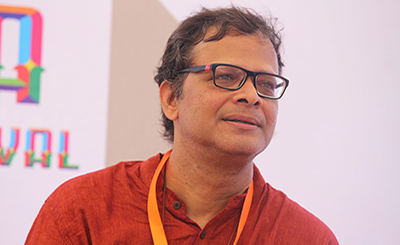
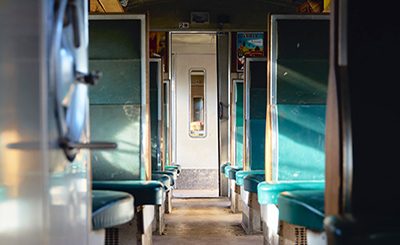
THUMBS.jpg)
